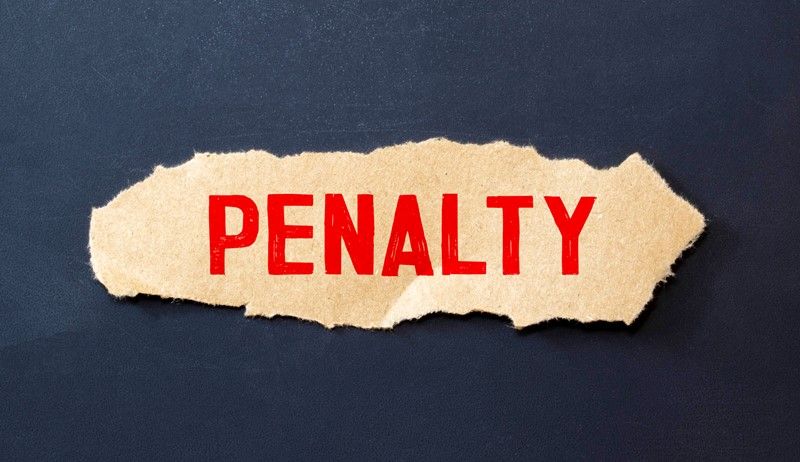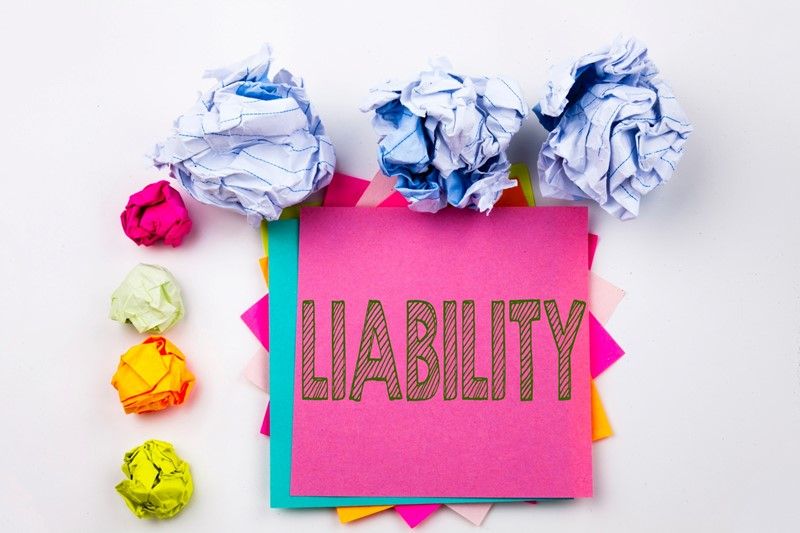Set up your tax app with HMRC
The free HMRC tax app now provides quick access to tax codes, income history, self-assessment details, National Insurance records and even payment options, all from your phone.
HMRC’s free tax app is available to download from the App Store for iOS and from the Google Play Store for Android. The latest version of the app includes some updated functionality.
To set up the tax app for the first time, open the app and enter your Government Gateway user ID and password. If you do not have a user ID, you can create one within the app. After signing in, you can access the app easily using a 6-digit PIN, fingerprint or facial recognition.
The app can be used to see your:
- tax code and National Insurance number
- income and benefits
- employment and income history in the previous 5 years
- Unique Taxpayer Reference (UTR) for self-assessment
- self-assessment tax you owe
- your Child Benefit
- your State Pension forecast
- gaps in National Insurance contributions
The app can also be used to complete a number of tasks that usually require the user to be logged on to a computer. This includes to:
- get an estimate of the tax you need to pay
- make a self-assessment payment
- make a Simple Assessment payment
- set a reminder to make a self-assessment payment
- access your Help to Save account
- using HMRC’s tax calculator to work out your take home pay after Income Tax and National Insurance deductions
- track forms and letters you have sent to HMRC
- claim a refund if you have paid too much tax
- ask HMRC’s digital assistant for help and information
- update your name and / or postal address
- save your National Insurance number to your digital wallet
- check if you can make a payment for gaps in your National Insurance contributions
- choose to be contacted by HMRC electronically, instead of by letter.




